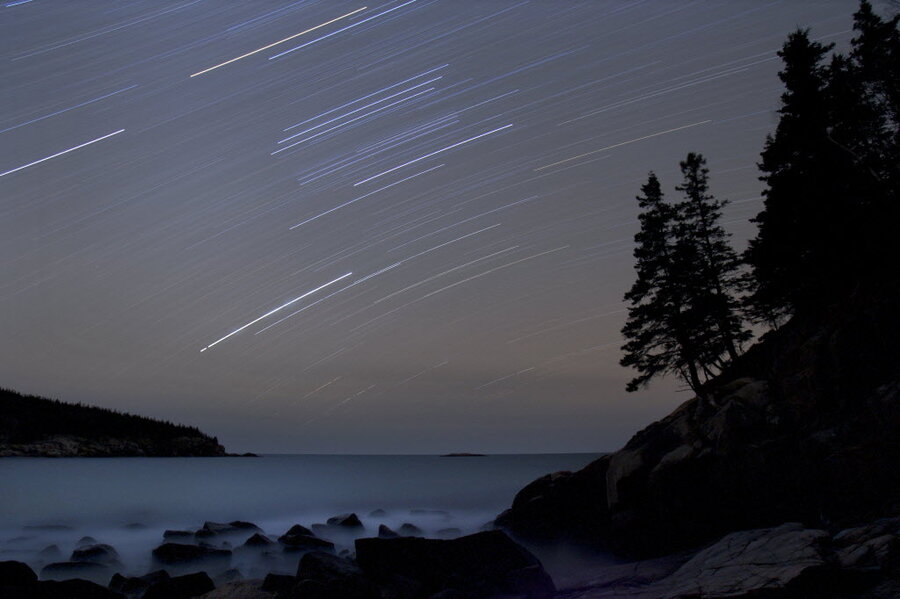Caltech star survey plots two cosmic explosions
Loading...
On 11 November 1572, the Danish nobleman Tycho Brahe plotted on his map of the star-salted skies a flash of light, brighter than a planet, in the W-shaped constellation Cassiopeia. He called it “Stella Nova.” It would later be called a supernova, or SN 1572.
The celestial world above, it would later unfold in Brahe’s subsequent star catalogues, was inconstant. Stars were born, and stars died. And it was possible, Brahe found, to chart the evolution of the universe, mapping the cataclysmic events of deep space as denotations of what spot of light was there one night and what spot of light was gone the next.
Since Brahe’s star maps, sky surveys have underpinned astronomical research. Over the last 440 years or so, they have stippled in maps of local galaxies, supplied the data for revisions in how we think the universe operates, and turned up new stars, galaxies, and other celestial regions and objects. And now, these surveys are better than ever before.
Two new papers published based on data from Caltech's intermediate Palomar Transient Factory (iPTF), the robotic observing system mounted this winter on the 48-inch Samuel Oschin Telescope, near San Diego, highlight the tremendous capabilities of modern astronomical survey technologies. Both papers – one pinpointing the unusual star responsible for a particular kind of supernovae, and the other tracing the origins of a long gamma ray burst – make new discoveries and precise calculations using the iPTF alone.
The first paper, published in Astrophysical Journal Letters, describes a Type Ib supernova, also known as a “stripped envelope” supernova. In these explosive star deaths, the star is missing its outer layer of hydrogen, or its hydrogen “envelope,” and whose outermost layer is helium. These supernovae are distinguished from other types of star explosions based on the lack of a hydrogen line in their spectra.
Still, what exact kind of star produces these supernovas has been unknown. But the new paper reports that the supernova, iPTF13bvn, was plotted in a position once home to a Wolf-Rayet star – the first direct evidence linking these rare stars to Ib supernovae.
A Wolf-Rayet star begins as a huge star – some 10 to 20 times more massive than the sun and thousands of times brighter. At this point, it is not considered a Wolf-Rayet: it is a red supergiant, or perhaps a WN8, or maybe a WN7. But over time, strong stellar winds blow off its hydrogen envelope and whittle away its mass. Not until much of its mass is shed is the once voluminous star in fact categorized as a Wolf-Rayet star. That means that these stars are extremely improbable, since most enormous stars explode as supernovae well before losing enough mass to be called a Wolf-Rayet.
The second paper, also published in Astrophysical Journal Letters, describes the afterglow of a long gamma-ray burst, which are the brightest known electromagnetic events in the entire universe. The burst was first detected using NASA's Fermi Gamma-ray Space Telescope, based on its emission of high-energy radiation. But, in order to pinpoint its origins, researchers then had to trace the burst’s visible-light afterglow.
Tracing its visible-light afterglow, iPTF pinpointed the burst’s location within a splash of sky some 360 times larger than the face of the moon. This was the first time that a long gamma ray burst’s origins was plotted with just an optical telescope alone.






